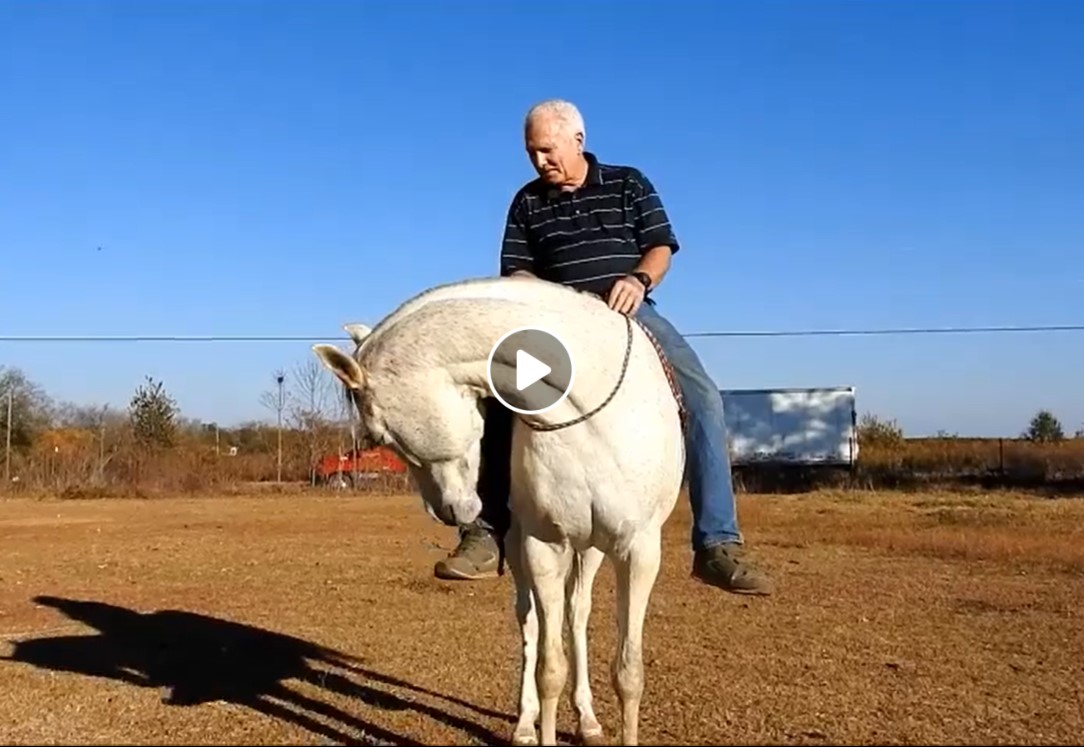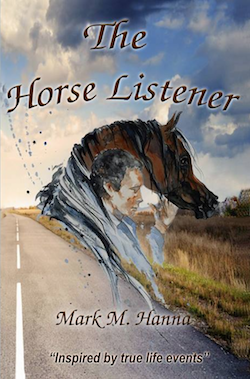Moving and Horses
The day has come, and you are ready to make the big move. Do you think you are ready? Please think again. Moving is a headache, but you have horses moving with you?
Well, you just throw them into the trailer, and away you go. Right?
This article is being written following what I consider as a successful move I made myself recently. I will be using as a fine example filled with great contrasts what I ran into in my recent move to Utah from Georgia in the month of September. I have two mares that had been living without shelter in Georgia for two years and had been on the local acceptable diet of local feed and supplemental feedstuffs with vitamins and minerals adjusted to this part of the country.
Let’s deal with the climate first.
When I left Georgia, it was 95 in the daytime and humid and 75 at night. They entered the trailer in the evening with all of the windows wide open to give them as much ventilation as possible. I drove into Mississippi and stopped for the night with the windows open after watering the horses. I slept in my truck and let them stand to rest for the big move the next day. I followed this procedure for the rest of the three-day trip of 2300 miles stopping at night for me to sleep. I would stop frequently and water the horses at intervals of three to four hours using the water I stored in three six-gallon water jugs from their water source in Georgia so they will accept the taste and not reject the new water along the way. I also keep hay in front of them constantly and monitor their pooping and water consumption using a paste electrolyte if they become dehydrated or to encourage them to drink. A horse will poop and urinate if they are healthy along the way. I brought with me plenty of local hay from Georgia to use as a mix with the local Utah hay to allow the horse’s system to transition to the new hay. It is not a good idea to go from one feed to another cold turkey. Bring with you sufficient hay to safely transition them to the local hay. I believe in keeping the horses in the trailer where they know their environment and also they are not exposed to mishaps of unloading and diseases if I had a location to layover along the way.
The climate in Utah is drastically different as well. The elevation of Georgia is 750 feet compared to 5850 feet in Utah. In Georgia, you basically have summer and Christmas for seasons. In Utah, there are four well-differentiated seasons. Along the way in the trailer, the horses go from 95 to 65 and below as well as right around 40 at night when you are stopped. Attention to this change has to be dealt with by adjusting the ventilation to avoid the chill factor. Your horse can be exposed to such drastic changes in temperature that will affect their immune system. Also to remember and be aware of is how the differences in average temperature in the different seasons will change. My horse’s hair coats were geared for Georgia. Utah, where I was moving, would be around freezing or below to below zero very soon in their fall and winter season. Do you blanket your horses in the coming cold? I dealt with this factor one week after the horses arrived with the temperature dipping to 40 degrees with drenching rains. My horses were outside like they were in Georgia without shelter, but the soaking to the skin was quite concerning to me as they were shivering to keep warm.
The attention to feed is paramount. The horse has a way to deal with cold by shivering which actually helps to keep them warm. How do we deal with this? I had provided them the week before and during this rain, a free choice of hay that I had brought with me from Georgia mixed with a hay I had purchased that was close to the local hay available. Another mechanism the horse has is the free choice volume of hay consumed that they control based on their needs. When a horse consumes a high volume of fiber during this time of cold temperatures, the second stomach, or Caecum, has a population of bacteria that act symbiotically with the horse to digest the fiber or cellulose. This process produces heat that helps the horse keep warm. But in a drastic contrast like this, we may find the horse shivering as well.
Do we blanket or not? But, I had just brought my horses to Utah and they had not been able to naturally accustom their systems to these changes. One morning at 22 degrees, the horses welcomed the blankets, but I took them off when the temps rose to 65. Consider that the natural free-roaming horse will have all the mechanisms to survive the contrasts in the environment. Blanketing disturbs these natural mechanisms and forces us to maintain a dependent horse on the blanketing compared to their own way of coping naturally. A horse’s coat is affected by the amount of sunlight, not cold temps. The latitude of Georgia and its daily dose of sunlight compared to Utah is quite different. Georgia is equal to Baja California, where Utah is more like Central California. A horse that is left to their natural mechanisms compared to a horse that has been stabled and blanketed and their feed controlled by their owner is drastically different. I am not inferring all horses must put out in the elements. There is a great difference in the management of a stabled horse compared to my example here. I am using this example to illustrate the horse”s natural mechanisms and how we manage this when we have a contrast in climate. To update how my horses have dealt with the change, after the first blanketing a week and a half after their arrival date I noticed a marked decrease in their shivering during rain and also during the colder temps. They had plenty of free choice of hay along the way to keep the fires burning. I blanketed them again when it was 23 degrees, but only because I felt sorry for them. I actually didn’t need to do this because they have adjusted quite well and their shivering had decreased quite markedly.. I also noticed that the bare spots on their body that were apparent most of the year in Georgia had begun to fill in and their coats were beginning to grow.
Differences in feed and locally grown hay and contrasts in supplements geared to the local environments.
I remember one family moving to Bend, Oregon from Indiana with their high-quality Quarter Horses. They came from a high selenium environment where they did not have to supplement selenium in their rations. When they came to the Bend area, they bought a specialty feed formulated for the area that is low in selenium. The result was the death of two fine expensive Quarter horses due to Selenium toxicity. Lessons learned here reverberated through the horse community in Bend. Check before you buy supplements to the new area you move to. The results can be catastrophic!
Health regulations and travel restrictions from state to state need to be considered. In my travels, I had 30 days to fulfill my travel requirements with my Health Certificate issued by my local Veterinarian. A Coggins test for the presence of Equine Infectious Anemia is very important to prevent a deadly disease. Some people don’t think this is important. Contrarily, the disease crops up from time to time that takes many horses lives and inconveniences many horse owners as well as their events they attempt to attend that have been canceled due to quarantines. SO, GET YOUR COGGINS DONE ROUTINELY.
Maintenance of your vehicle and trailer. Do routine maintenance on your towing vehicle with the correct hitches for the load. How many times have you seen someone on the side of the road with a shredded tire that has massacred a fender either on the towing vehicle or your horse trailer? This can be prevented most of the times except when you encounter a piece of debris that will deflate the tire without your knowledge. Tires are designed to be run at their posted inflation pressures printed on the side of the tires. They also have a weight rating that should be considered when replacing the tires. The tire pressures should be taken when the tire is cold. The friction of the road heats up the tire and the pressure increases as the tires get hotter. If you stop and notice the tire has been underinflated, don’t fill the tire to the pressure you have printed on the side of the tire. The tire has possibly been driven under-inflated and has heated to the point where the tread is about to separate. Added pressure will most of the time result in that separation, and there goes your fender and a dangerous change on the side of the road with gators possibly endangering another motorist.
Moral of the story, before you travel very far, inflate your tires to the correct pressure before embarking on your trip.
That also includes the spare that you should have with you. I personally have had very few tire malfunctions except for the times where I did not notice a foreign object that deflated the tire and resulted in a failure.
Also, another thing that is very important is to make sure your bearings are greased and packed correctly with the proper grease for your purpose.
If you have the skill to do this correctly, go for it. If not, have a mechanic do it for you. It is a routine maintenance that will prevent you from having a fire in that wheel or loosing a whole wheel and hub assembly leaving your spindle to be ground down rendering the whole axle useless.
Check your electrical wiring in your harness and plug. Check all of your lights to make sure they are in working order.
Just a few added accessories to take along with you are assorted tools, a jack and a tire iron with the correct size to fit the lug nuts of your wheels. A block of wood to use for a tire stop in case you need to unhook your trailer. You can also use this block to bring your other axle wheel up on it instead of your jack. Comes in handy to make a quick lift of your flat to be changed. Electrical tape, testing light, and extra wire, and quick connectors. I also take along with me a med kit which includes Antibiotic, Acepromizine, syringes, and needles. Bute and Banamine in liquid or paste for extreme cases where a Veterinarian is not available. Electrolyte paste. A first aid kit for you. Always have a sharp knife with you if you need to extricate a horse that has been tangled. Fly spray for those pesky flies that hitch a ride and bug your horses while you are comfortable up in the cab of your truck. I often spray the inside of the trailer with horses who will allow this before I leave and watch the flies escape. Close the windows and commence the journey with happy horses. A poop sifter and shovel with a bucket.
My desire is for every traveler and families relocating with their horses to have a safe trip and have no calamities when they arrive at your new location. I wanted to add as a last suggestion! Before you unload your horse. Check your areas for dangers like you would at a horse show before you put them in their stalls.
HAVE A SAFE TRIP. STOP AND SAY HI IN CEDAR CITY UTAH WHEN YOU ARE TRAVELING. IT HAS BEEN MY PLEASURE TO SHARE THIS WITH YOU.
Be sure to leave a comment relating to your experiences below.




